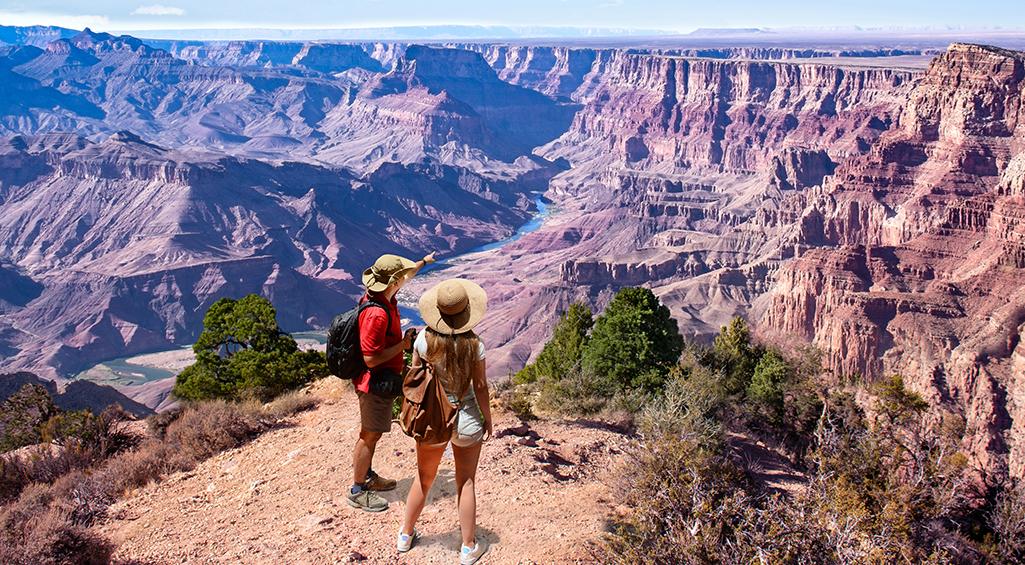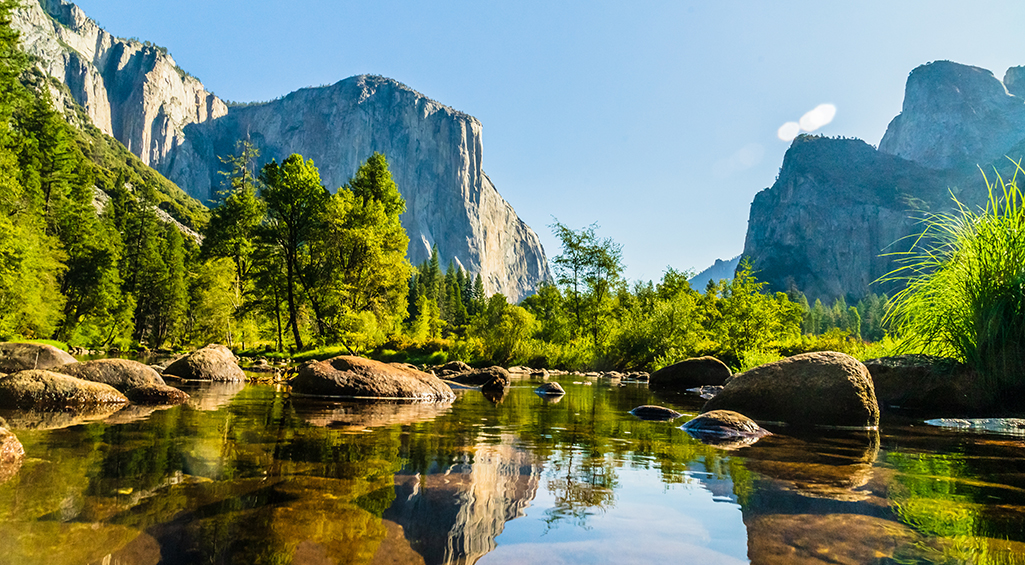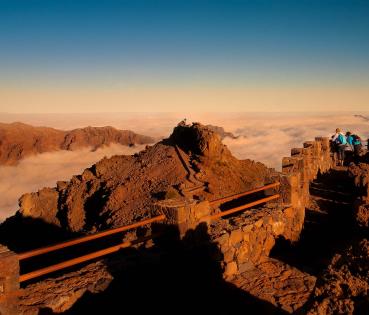
Route through the national parks of USA
The American West stands out for its richness and variety of natural landscapes, a spectacle that can be admired thanks to the extensive network of national parks.
Beginning in the second half of the 19th century, coinciding with westward expansion the United States government started to protect significant natural spaces, limiting logging, poaching, or building houses. At the beginning of the 20th century, Theodore Roosevelt would create the foundations of a vast network of national parks throughout the country.
A century later, this network of national parks reach 63 protected spaces throughout the country, of which 14 are declared World Heritage Sites by Unesco and 21 biosphere reserves. Annually they attract millions of tourists, who depending on the time of year can enjoy unique landscapes tinged with different color palettes. Given the great concentration of parks found in the western United States, we suggest a tour of several natural paradises that can be visited on a 3 or 4 week route.
A good starting point is the city of Las Vegas, in the south of the state of Nevada. Its geographical location is optimal for reaching the parks in California, Arizona and Utah, the three surrounding states. You can also start from Los Angeles or San Francisco and progress in different stages.
Film landscapes
Just over 7 hours by road from the Sin city you can arrive to Yosemite National Park, more than 3,000 km2 of nature in the heart of the Sierra Nevada, in California. Along more than 1,600 km of trails and scenic roads, you can admire impressive granite cliffs and mountains, such as the famous Half Dome, which stands out for its monumental half-dome shape. Another famous landscape found in Yosemite is the giant sequoias of Mariposa Grove. Located in the southern part of the park, this grove has half a thousand specimens, some of which reach 70 meters in height.

California is rich in sequoias and gives us more opportunities to admire them. In the southern part of the Sierra Nevada there are the Sequoias and Kings Canyon National Parks, where we can get up close to General Sherman, the largest tree in volume in the world, 84 meters high and 11 meters in diameter. Here also stand out Mount Whitney, the highest peak in the country (without counting Alaska) and wonderful marble caves, such as the Crystal Cave, which can be visited from 2024.
Without leaving California, but next to the border with Nevada, we find Death Valley National Park, one of the hottest places on the planet. Among its most spectacular attractions there are the large expanses of saline soil or the Racetrack Playa dry lake, famous for its rolling stones, large rocks that move without human or animal intervention. Its desert relief and its extreme temperatures do not prevent it from being home to a diverse fauna, with specimens of foxes, lynxes, coyotes or mule deer. One last recommended stop in California is the Joshua Tree National Park. This area, which is divided between the Mojave and Colorado deserts, stands out for the trees that give it its name, characterized by their twisted branches and sharp leaves, which make it an icon of the American West.
Dizzying cliffs
Another iconic landscape is found in Arizona, in the Grand Canyon National Park. Chiseled by the erosion of the Colorado River, the cliffs of the Grand Canyon offer spectacular views. Layers of rock, in varying shades of red, hide behind their beauty millions of years of geological history on the one hand, and centuries of Native American history, such as the Anasazi, on the other. This culture also inhabitated the space occupied by Zion National Park and Bryce Canyon National Park, both in Utah. Once again, in these two parks, the spectacular rock structures will delight visitors, who have a multitude of hiking trails of varying difficulty at their disposal.
The legacy of ancient Native American cultures can also be traced in Utah’s Arches National Park, where ancient Ute petroglyphs are preserved. However, the main attraction of this park are the more than 2,000 natural arches of sandstone and stoneware that surprise with their delicate balance.




